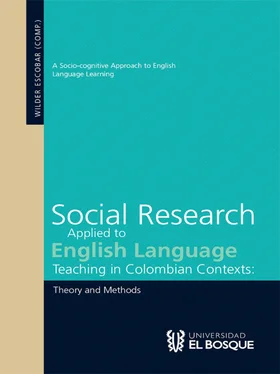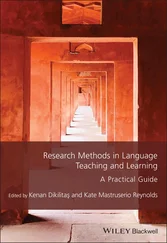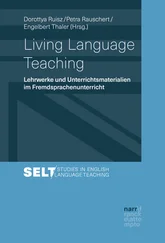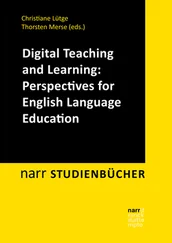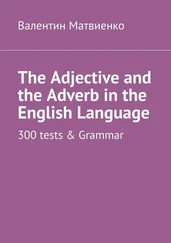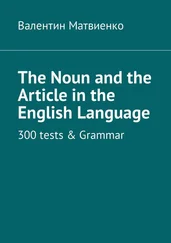It is not to say, however, that verb- and satellite-framed languages cannot contain both manner-of-motion and path-of-motion verbs. This, of course, is evidenced in the numerous grammatically-appropriate constructions of English and Spanish. Rather it is the frequency and diversity that is representative of a language that determines its specific motion-event constructions (Lemmens, 2005). In fact, work on linguistic typology makes specific reference to the characteristic expressions of language, maintaining that classification must be based on colloquial expressions that are both frequent and pervasive within quotidian speech (Talmy, 2000). As such, the English language may permit the phrase the mountain climber ascended the mountain and descended safely, akin to the Spanish example in (2a), yet this manner of speaking is often reserved for literary or perhaps high-brow discourse. The English verbs which make this type of path construction possible (e.g. to ascend, to descend) are most frequently Latinate in nature and, therefore, their path-conferring structure is borrowed from another language (Brown & Gullberg, 2010; Spring, 2010). Consequently, the verb constructions that prove to be both the most frequent and the most pervasive in the English language are those that appear in the form of the phrasal verb, often designating motion and manner directly on the verb and leaving path to be expressed in a satellite.
Typology Implications in the EFL Classroom
As has been demonstrated in the prior examples, the typological structure of motion events often varies between languages and, as a consequence, may present specific challenges to the language learner within this realm. Students whose first language is verb-framed (e.g. Spanish) may have difficulty conceptualizing a motion event in the manner of a satellite-framed language such as English (Ionin & Zubizarreta, 2010). The challenge, as a result, would be for L2 English learners to begin to think of verb constructions in a new way, a task which has been shown to increase the processing load of the mental faculty (Larrañaga et al., 2011). Thus, it can be assumed that miscues will be abundant, as the processing load will require a higher degree of cognitive dedication to the computation of learned rules and the production of grammatical sentences. This may be especially true for those learners who lack the understanding of language typology and the differences between languages. In a study designed to target the effects of L1 transfer, Cadierno (2004) sought to determine how second-language learners come to express motion events in an L2 with differing typology. Her results suggest that L2 learners often use knowledge from their L1 when they are confronted with situations in which they lack the knowledge to express themselves appropriately. Such findings support the concept of explicit instruction in the second-language classroom in order to minimize L1 transfer. The consequence of such transfer is non-native speech production, particularly evident within multi-motion event constructions requiring various satellites. In order to combat this non-native production, the importance of the direct instruction of satellite framing has been suggested so that the fossilization of the L1 structures can be avoided (Spring, 2010).
Unfortunately, many educators are unfamiliar with the linguistic typology paradigm and, therefore, often neglect any direct instruction in the syntactic constructs of English phrasal verbs. Formal instruction in this realm often affects performance in a second language as the comparison of linguistic forms may prove beneficial to the L2 learner. Such cross-linguistics inferencing is often ignored in the language classroom, yet the consideration of such syntactic differences may provide L2 English learners with the necessary tools for success (Kao, 2001).
Cognitive Linguistics and the Teaching of Phrasal Verbs
In an attempt to provide a more effective learning environment, the second-language educator must consider the recent work within the field of cognitive linguistics which has proposed many new approaches to the teaching of English phrasal verbs. The goal of any language classroom, of course, is to encourage speech that approximates native-like proficiency, thus providing the most benefit to the student. As such, many instructional suggestions have been offered so that an enlightened teacher-student team may work together to overcome the typology paradigm. The current work in cognitive linguistics has demonstrated the need for both the explicit instruction of English phrasal verbs, as well as an approach that favors a conceptualization of meaning as opposed to rote memorization which now seems antiquated in the language classroom (Alejo González, et al., 2010; Camacho, 2010; Casado Antoniazzi, 2010; Ganji, 2011; Pozdnyakova & Gunina, 2011).
One of the most common misconceptions in EFL instruction is that the opacity of English phrasal verbs is somewhat insurmountable and, as such, rote memorization is essential to mastering these lexical elements. This type of instruction, however, often fails to provide the L2 English learner with the profound awareness that leads to native-like speech production. Explicit instruction of both syntax and semantics, conversely, has proven successful in the acquisition of phrasal verbs in a number of studies. Camacho (2010) tested such a hypothesis in a study of phrasal verb methodology in an attempt to discover the effectiveness of explicit instruction. She found that in the EFL classroom setting, students who were directly taught the role of the preposition, as well as general concepts of phrasal verbs, scored higher on their posttests than did students taught in the traditional way. Furthermore, Camacho included translation exercises in her methodology which focused on motion-event constructions to elucidate the typology differences between English and Spanish. The students were given Spanish phrases such as cruzar nadando, huir corriendo, salir andando with the task of translating them to encourage conceptualization in English (Camacho, 2010). Such phrases, due to typological differences, cannot be directly translated to English without some sense of ungrammaticality. The students were required to construct phrases utilizing English manner-of-motion verbs and, as a result, become cognitively aware of the contrasts between English and Spanish.
It has also been demonstrated that the use of negative evidence in the language classroom may prove advantageous to the second language learner. Larrañaga, et al. (2011) establish the value of negative evidence and suggest that students rarely have access to ungrammatical sentences in the second-language classroom. This approach is particularly important as it helps to expose the errors that may result from L1 transfer since, as the authors propose, some language structures exist that cannot be acquired without access to such negative evidence (Larrañaga, et al., 2011). Considering the sentences presented in Camacho (2010), it becomes necessary to demonstrate to the students that to cross swimming, and to flee running are expressions that do not sound particularly grammatical to the native English speaker. Thus, the research suggests that explicitly disclosing the syntactic structures of the English language, paired with the presentation of negative evidence may greatly impact the L2 learner’s capacity in the context of phrasal verbs.
In addition to the explicit instruction of syntax and semantics, several researchers have cited phrasal verb instruction via conceptualization and metaphor as convincing next steps in the language classroom. Discovery of meaning and logical analysis on the part of the student has been shown to encourage contextual reasoning, language competence, and a deeper understanding of semantic meaning (Casado Antoniazzi, 2010; Ganji, 2011; Pozdnyakova & Gunina, 2011). Teaching phrasal verbs according the metaphorical meaning of their satellites, as Ganji (2011) suggests, facilitates language comprehension as such an understanding “plays a much more active role… when students come across untaught idioms with the same particles as taught ones” (p. 1503). Simply memorizing a list of phrasal verbs with similar particles, therefore, is not as effective as encouraging the growth of mental representations of certain satellites. Prompting students to create a metaphorical concept of the preposition off, for example, as something that is no longer connected or attached will promote the comprehension of phrases such as: to take off, to give off, to run off, to put off, etc.
Читать дальше
